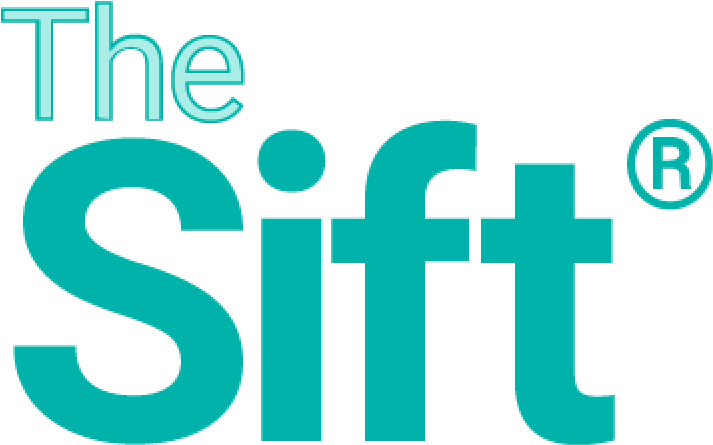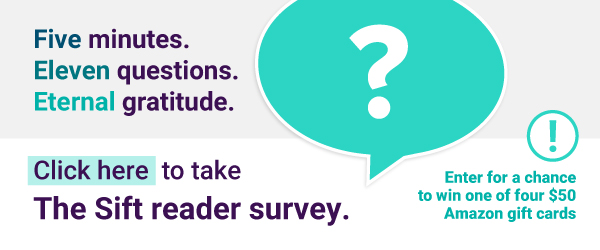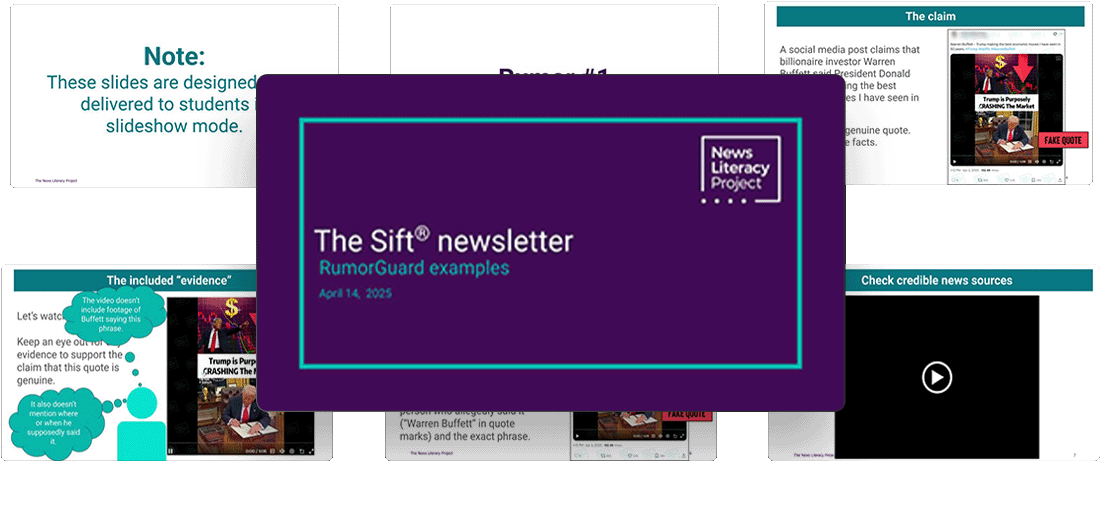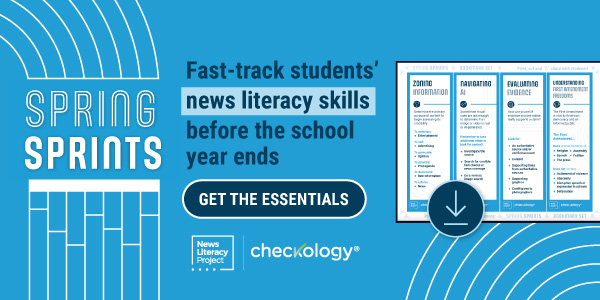The Sift: Student journalists’ ethical dilemmas
 Daily Do Now slidesDon't miss this classroom-ready resource.  |
Top picks
Here are the latest news literacy topics and tips on how to integrate them into your classroom.
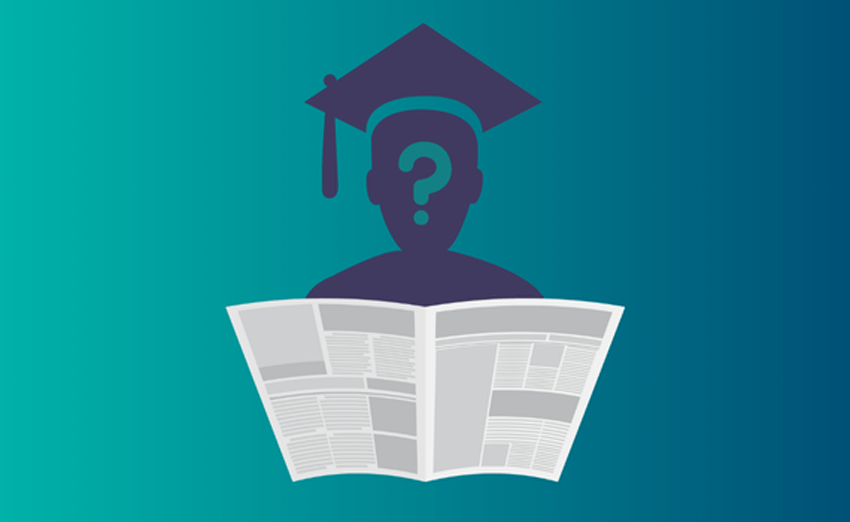

In recent weeks, student journalists have received more requests to keep sources anonymous. |
1. Student papers see surge in takedown requests
Student journalists are grappling with attacks on free speech and ethical dilemmas posed by recent immigration enforcement actions on college campuses, which have led to fearful requests by sources to remove their names from articles. In response, some student newspapers have complied, removing names or even entire articles. The student editor at Bwog, an independent publication at Columbia University, said that a few student journalists have even asked to have their bylines left off of stories, citing safety concerns.
Generally, removing bylines or editing out names from already-published stories is an uncommon practice for news organizations. But a rare advisory recently issued by the Student Press Law Center and other similar organizations recommended student journalists revisit their takedown and anonymous sourcing policies due to the current political climate. “Ethical journalism demands that we minimize harm,” the advisory stated.
| Discuss: |
Why do news outlets have policies around takedown requests and anonymous sources? What ethical issues should student journalists consider when making decisions on taking down names of sources or altering photos or stories?
| Idea: |
Use the “Consider this” slide from the Daily Do Now resource to further explore this topic.
★ NLP Resources:
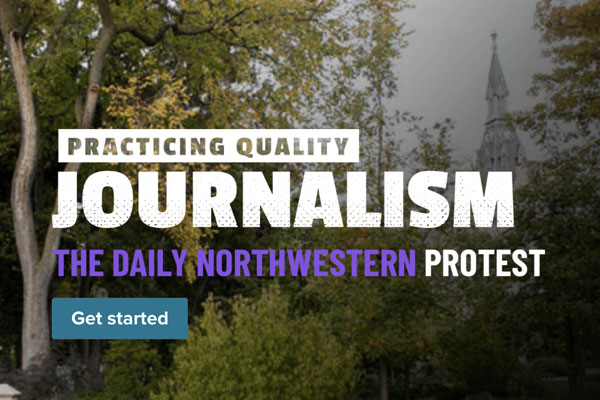

“Practicing Quality Journalism: The Daily Northwestern Protest” (Checkology virtual classroom)
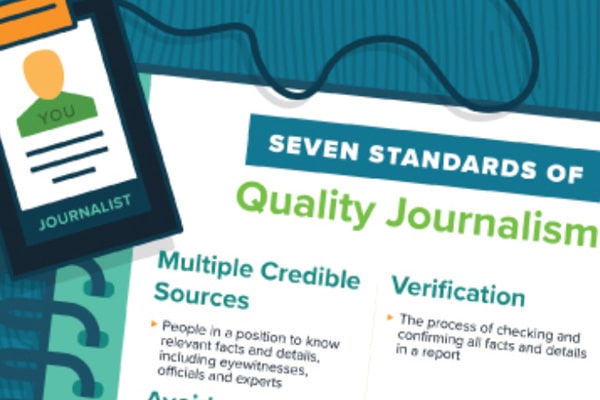

Infographic: “Seven standards of quality journalism”
| Related: |
2. Lack local news? Student journalists have it covered
More newsrooms are turning to student journalists for help with local news coverage as news deserts — places where there is no or limited news coverage — continue to grow across the U.S. Through partnerships between universities and local newsrooms, the Center for Community News has placed nearly 3,000 student reporters at papers to contribute to news coverage. In some cases, student newspapers have even become the paper of record in their communities. For example, The Columbia Missourian, a newspaper affiliated with the journalism school at the University of Missouri, has surpassed the circulation of what had once been the dominant local paper.
| Discuss: |
Why are local newspapers turning to student journalists for help covering the news? Why is it important for communities to have access to local news? What are some challenges of having student journalists fill the gap in local news coverage?
★ NLP Resource:
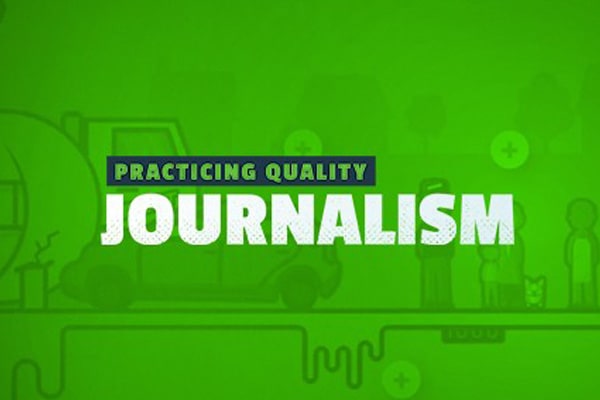

“Practicing Quality Journalism” (Checkology virtual classroom)
| Related: |
3. Fake accounts spread misinfo after teen death
After a teen in Frisco, Texas, was fatally stabbed at a track meet, misinformation about his death became rampant on social media. Falsehoods about the stabbing came from fake accounts impersonating police — a criminal offense that the Frisco police chief said is being investigated. One post even included a made-up medical examiner document listing an unverified cause of death. In response, Frisco police advised residents not to spread “unconfirmed information.”
| Discuss: |
Why does misinformation thrive during breaking news events and shocking tragedies? What effect does spreading misinformation have on communities like Frisco, Texas? How can you verify information after an incident like this?
★ NLP Resource:
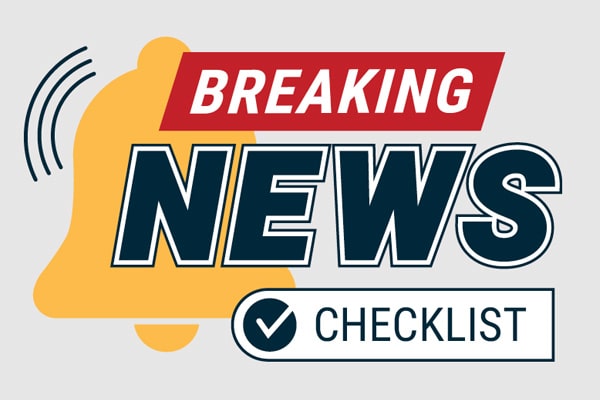

Infographic: “Breaking news checklist”
| Related: |


★ Featured classroom resource:
|
No, Warren Buffett didn’t praise Trump for tariffs decision
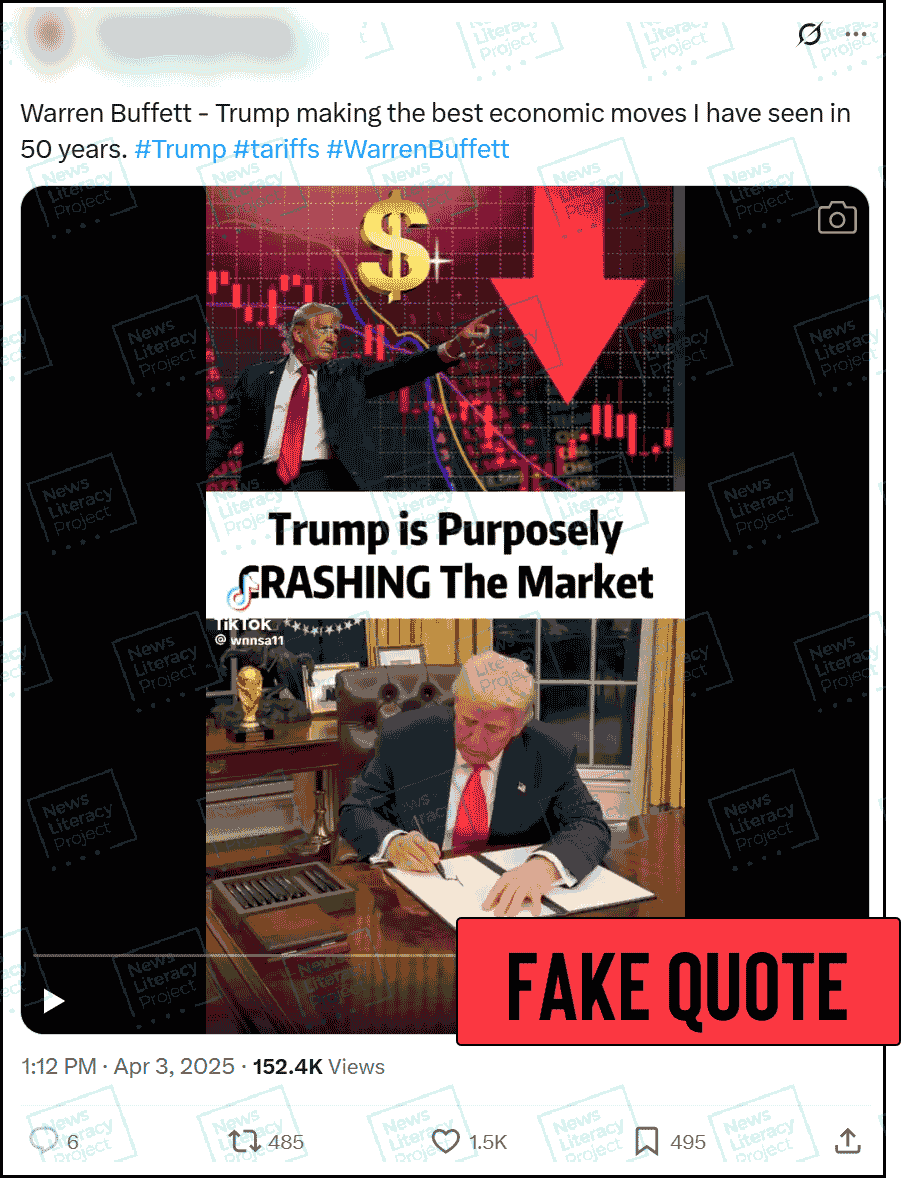

❌ NO: Billionaire investor Warren Buffett did not say that President Donald Trump is “making the best economic moves I have seen in 50 years” after he implemented global tariffs, or taxes imposed on goods from other countries.
✅ YES: This is a fabricated quote.
✅ YES: This fake quote was widely shared on social media, including by Trump’s Truth Social account.
✅ YES: Berkshire Hathaway, the holding company led by Buffett, released a statement calling the claim false.
★ NewsLit takeaway
Warren Buffett is a financial expert whose opinions on the economy are widely respected. As a result, a fabricated quote from him can make a falsehood seem more convincing.
Here are a few tips to spot these fake quotes:
What is the source? A quote that circulates without a definitive source should be viewed with skepticism.
Where is the evidence? Where and when did Buffett say this? Is there a video? Was it reported in a news article? If there aren’t clear answers to these questions, it’s a red flag that the quote may not be real.
Viral ‘Trump protest’ video actually shows 2021 NBA Finals watch party
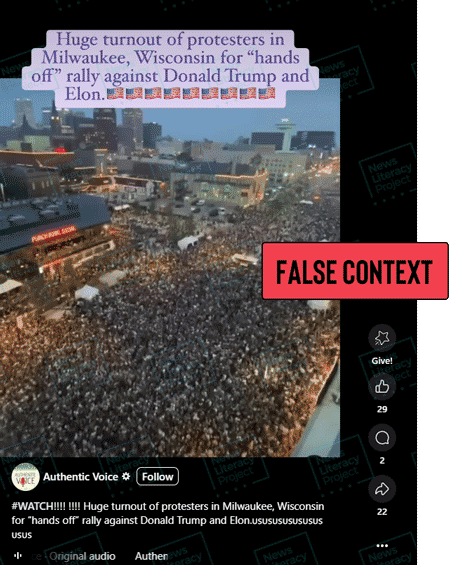

❌ NO: This is not a genuine video from the April 2025 “Hands Off” rally in Milwaukee, Wisconsin.
✅ YES: This video was taken in 2021 and shows a large crowd gathered in the streets to celebrate the Milwaukee Bucks playing in the NBA Finals.
✅ YES: “Hands Off” rallies protesting the current administration were held in cities across the United States, including Milwaukee, on April 5, 2025.
★ NewsLit takeaway
Taking an old photograph or video of a large crowd and sharing it as showing a recent political protest is a common tactic to spread misinformation. Here are some tips to spot and verify these out-of-context images:
Who shared it? Photos and videos like these are frequently shared to garner support for political movements. If the account that shared the image has a clear political alignment displayed in its bio, it’s a good idea to investigate further.
Who took it? Videos depicting current events can usually be traced back to a news source. If the source isn’t readily apparent, look for more information.
Use a reverse image search: Uploading a copy of an image or a screenshot of a video to Google Images or TinEye is a quick and easy way to find the original source.


| If you had 150,000 Instagram followers, would you give up your smartphone? This influencer made the leap to a “dumbphone” and says it improved her life. | |
| Teen accounts on Instagram, Facebook and Messenger are becoming more restrictive. One of the updates on Instagram includes disabling live broadcasts for minors on the app. | |
| Gen Z might be digital natives, but are they vulnerable to being misled online? This study of more than 66,000 participants found that Gen Z struggled more than other generations with spotting misinformation in news headlines — but were also the most self-aware about their shortcomings. | |
| A new poll found that most Gen Z adults feel anxious about artificial intelligence and also believe schools should teach students how to leverage AI technology. | |
| Nearly half of Americans say they don’t want AI-generated news, according to new research from Poynter and the University of Minnesota. Those with high levels of news literacy say they want transparency if newsrooms use AI tools for photo editing or to generate text. | |
| Patch, a network of local news sites across the U.S., is now experimenting with AI-generated newsletters — after shuttering its human-written newsletters program in 2023. | |
| Journalists find experts to quote in news articles through a variety of ways, including through public relations firms or databases. But generative AI tools appear to be behind efforts to game the system by supplying experts to quote who are either not real or have dubious credentials. | |
| Thinking like a historian — by analyzing past evidence, evaluating sources and learning historical context for current events — is an effective way to counter misinformation, a former history teacher says. |
Thanks for reading!
Your weekly issue of The Sift is created by Susan Minichiello (@susanmini.bsky.social), Dan Evon (@danieljevon), Peter Adams (@peteradams.bsky.social), Hannah Covington (@hannahcov.bsky.social) and Pamela Brunskill (@PamelaBrunskill). It is edited by Mary Kane (@mk6325.bsky.social) and Lourdes Venard (@lourdesvenard.bsky.social).
You’ll find teachable moments from our previous issues in the archives. Send your suggestions and success stories to [email protected].
Subscribe to this newsletterSign up to receive NLP Connections (news about our work) or update your subscription preferences here. |


Check out NLP's Checkology virtual classroom, where students learn how to navigate today’s information landscape by developing news literacy skills.

